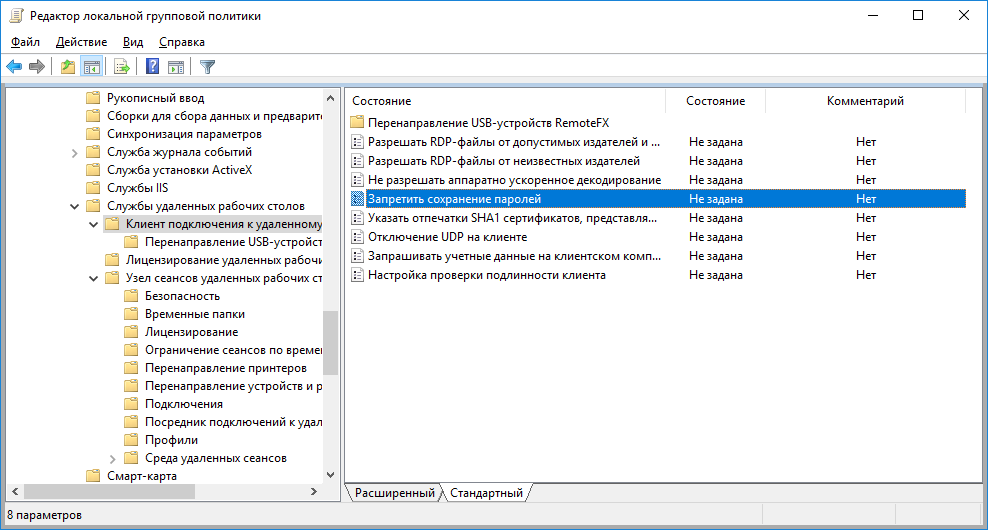


#Your use of these example scripts or cmdlets is at your sole risk. Setting the following registry keys fixed part of the problem for me. The reason for the error appears to be that the Credential Security Service Provider (CredSSP) policy on the Hyper-V host is not enabled to authenticate user credentials from a remote location. Once you have this setup, you should be all set…that is unless you get the following error like I did (BTW – I am running Windows 8.1 Enterprise 圆4 on my laptop as my Hyper-V host): The Server name field is the name or IP address of the Hyper-V host and not the VM. Once you have this information, enter it on the Server Settings tab like in the following screen shot: The following PowerShell command should do the trick: Configuring a connection for this new feature is rather easy once you have the ID of the virtual machine. One of the new features allows the ability to connect directly to virtual machines (called virtual machine connect-to-console support).

This tool is essential if you run a lot of virtual machines. It has some really cool features and supports Windows 8.1 and Windows Server 2012 R2. Last week Microsoft released Remote Desktop Connection Manager version 2.7 (aka RDCMan).


 0 kommentar(er)
0 kommentar(er)
